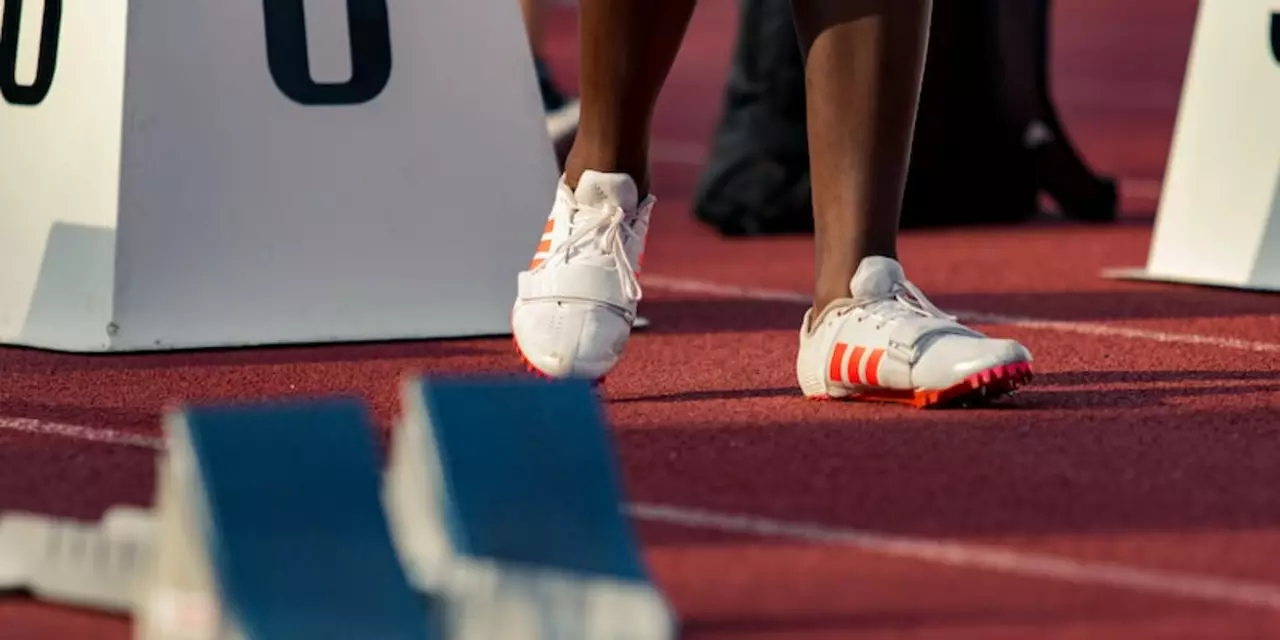Efficiency in Sports: Quick Wins for Running, Swimming & Everyday Training
Ever feel like you’re putting in the hours but not seeing the payoff? That’s a classic efficiency problem. The good news is you don’t need a fancy coach or a new gym to fix it. Small tweaks to how you run, swim, and even plan your day can give you more results in less time.
Running Efficiency Made Simple
First up, running. If you can shave a few seconds off each kilometre, you’ll hit that 4.8 km‑in‑20‑minutes goal without breaking a sweat. Start with your stride. A slightly higher cadence – about 170‑180 steps per minute – means less ground contact and less wasted energy. Count your steps for a minute on a familiar route; if you’re below that range, try picking up the pace by about five steps.
Next, mix in interval training. Sprint 30 seconds, then jog 90 seconds, repeat eight times. Those short bursts teach your legs to fire faster, and the recovery keeps you from burning out. Add a hill sprint once a week – it builds strength and improves your uphill efficiency, which translates to flat‑road speed.
Don’t forget the warm‑up. A quick 5‑minute dynamic routine (leg swings, high knees, butt kicks) prepares muscles, so they work smoother from the first step. Warm muscles = less energy waste.
Swimming Efficiency: Get More From Every Stroke
When it comes to swimming, efficiency means moving farther with each pull. The secret? Good body position. Keep your hips high and your head in line with your spine – that reduces drag and lets you glide longer. If you find yourself splashing a lot, you’re probably over‑rotating; a subtle tweak to keep your shoulders level can cut resistance dramatically.
Breathing technique matters too. Try a bilateral breath (alternating sides every three strokes). It balances muscle use and helps you stay streamlined. For beginners, breathing every two strokes feels natural, but swapping to every three later boosts efficiency without a steep learning curve.
Finish each session with a short sprint set: 25 m all‑out, rest 20 seconds, repeat six times. These bursts train fast‑twitch muscles, improving speed while keeping your overall mileage low. And if you’re short on time, a 30‑minute high‑intensity swim can burn as many calories as a 60‑minute jog, thanks to water’s resistance.
Beyond the pool and pavement, everyday habits can boost your sport efficiency. Track your workouts with a simple app; seeing trends helps you spot when you’re over‑training or under‑performing. Hydration is a hidden efficiency booster – a well‑hydrated body runs cooler, burns fewer calories, and recovers faster.
Nutrition plays a role too. A light snack with carbs and protein 30‑minutes before a session fuels muscles, letting you maintain intensity without hitting the wall. Post‑workout, aim for a 3:1 carb‑to‑protein ratio to refill glycogen and start repair quickly.
Finally, set micro‑goals. Instead of “run faster,” try “reduce my 5 km time by 30 seconds this month.” Small, measurable targets keep you focused and make progress feel real.
Efficiency isn’t about cutting corners; it’s about cutting waste. Tweak your stride, streamline your stroke, and fine‑tune daily habits, and you’ll see bigger gains without longer sessions. Give these tips a try this week and watch your performance jump.

Does an excellent runner have a highly efficient metabolism?
This article explores the relationship between metabolic efficiency and the performance of a runner. It is suggested that an efficient metabolism is key to running success, as it enables a runner to perform at a higher level with less energy expenditure. However, it is also noted that metabolic efficiency is not the only factor that determines a runner's success. Other factors such as body composition, training, genetics and diet also play a role. The article also discusses the different types of metabolism and how they can be manipulated to improve performance. Ultimately, it is concluded that metabolism is an important factor in running success, but it is not the only one.